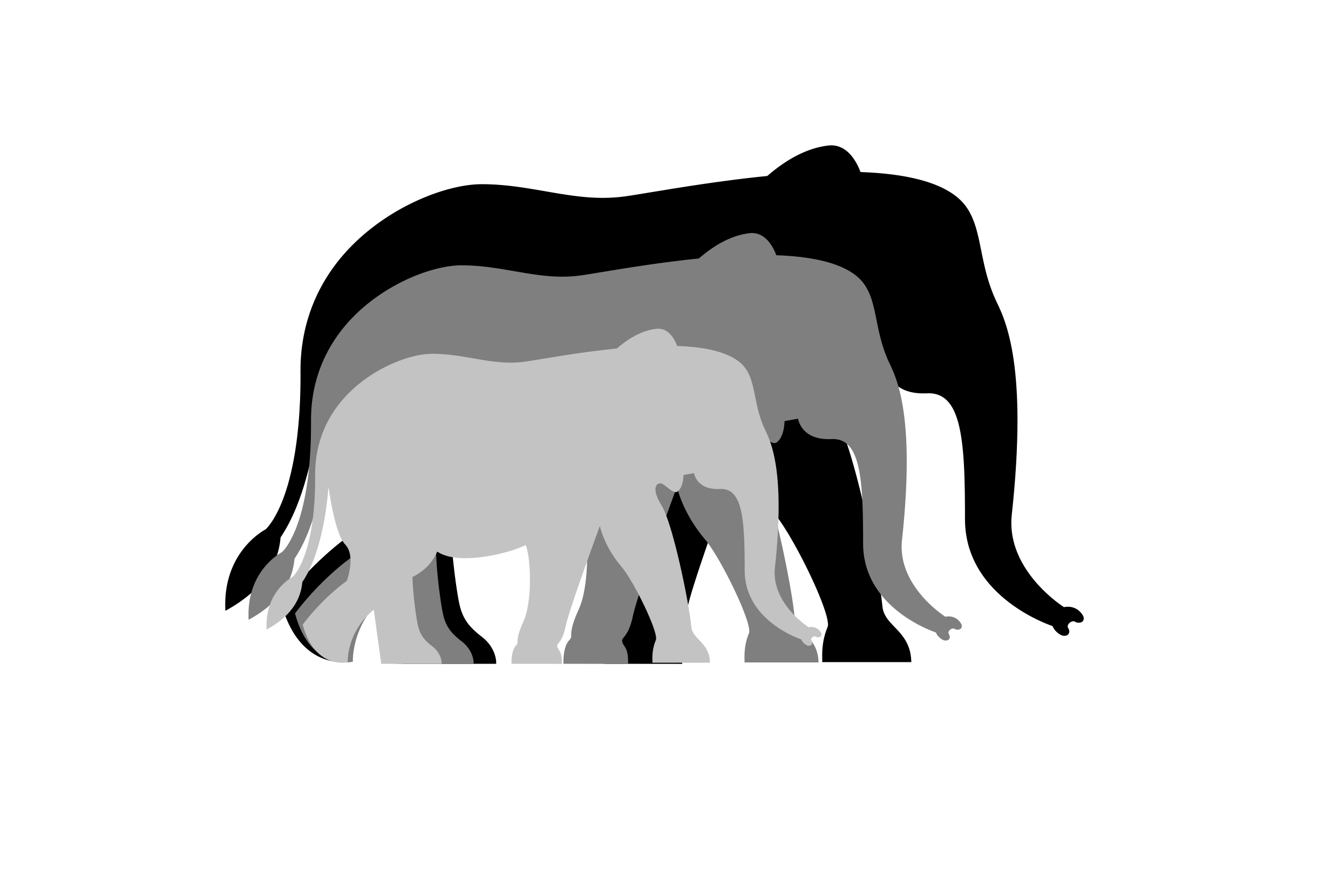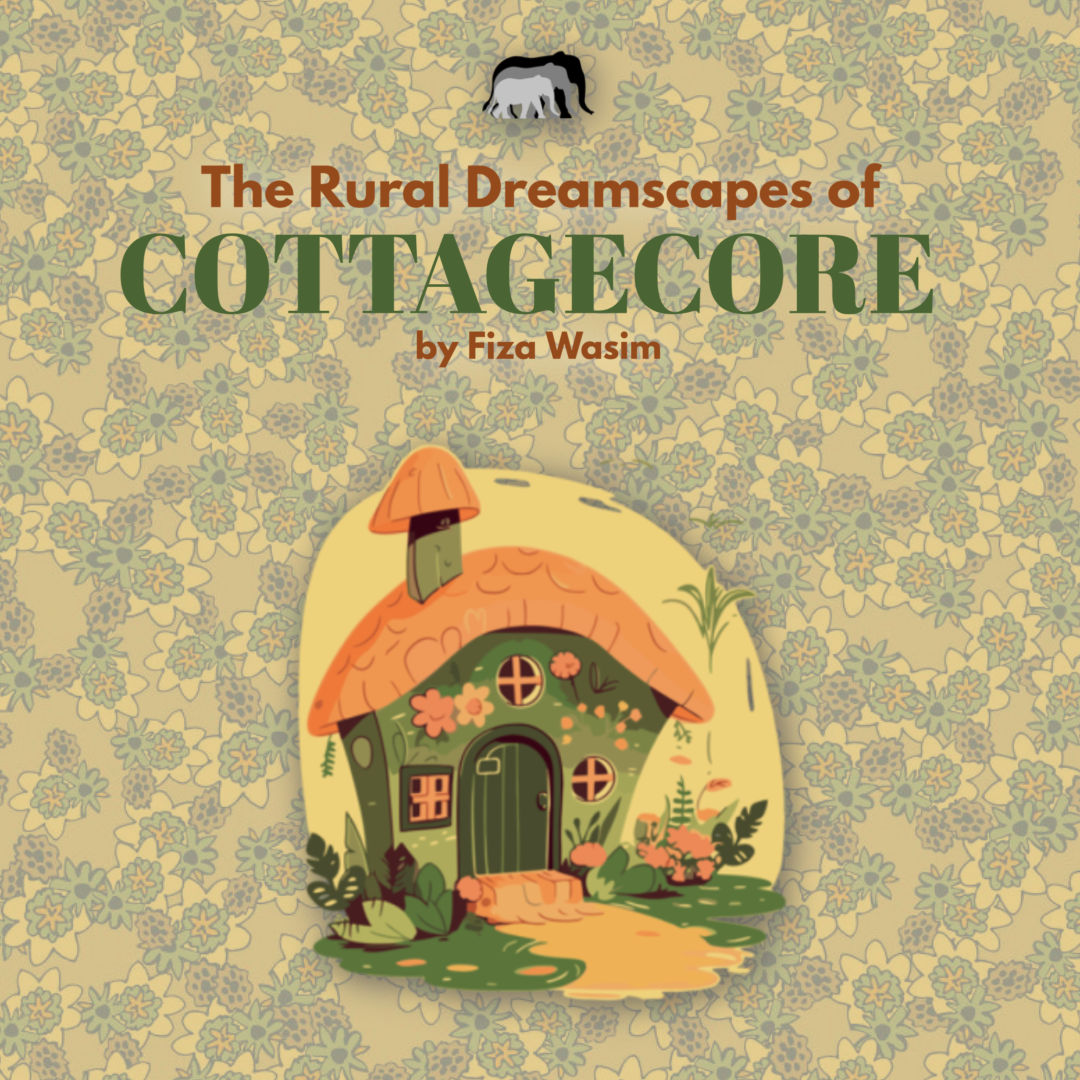Imagine a slow, peaceful start to a summer morning as you wake up to the sounds of birdsong in the distance, thin streams of sunlight wafting in through the windows as the world slowly awakes from its slumber. A morning walk among the lush, verdant countryside as you go deeper into the forest thicket, noticing the celestial beauty of it all: the song thrushes perched on the tallest of aspens and willows, the fresh air carrying their song along with the scent of pine and dewy grass. The woods hold secrets of their own as you navigate their makeshift path of fallen catkins and pebbles, taking you to unheard-of places: caves and streams, host to occasional vagrant travelers or foraging animals. In that epiphanic moment, the summer sunshine shimmering across the river’s surface makes everything seem alright, a glimpse of divine, heavenly peace amidst the roar of humanity.
For most of us, this is the existence and lifestyle we long for. In recent years, it has been given a title: cottagecore.
What is Cottagecore?
Cottagecore is a nature-based aesthetic that developed in the last decade or so. Harkening back to simpler times, the cottagecore aesthetic or movement is the celebration of our connection with nature through life in a rural, agrarian setting, typically the English countryside. The essence of it revolves around slowness and domesticity, rejecting social ideals and living life on simpler terms through connection with nature. A quintessential life in the countryside would feature one clad in simple linen dresses and walks among the woods, perhaps with a wicker basket to collect wildflowers or fruits of interest.
In recent years, cottagecore has evolved into much more than an aesthetic; today, it is a lifestyle. The influence of cottagecore has seeped into everything from fashion and dietary choices to interior design and has even become a YouTube niche. Knee-length dresses with faded floral and gingham patterns have replaced fast fashion, whereas wooden furniture, bookshelves lined with old hardbacks, houseplants, and vintage decor dominate the house setting.
A cat living her cottagecore dream. The picture accurately captures the serenity and spontaneity of cottagecore while also featuring an adorable cat (best of both worlds).
Why has cottagecore become so widespread?
No, cottagecore’s rise is not just because of folklore and evermore by Taylor Swift —though they are major contributors. Given the pandemic’s influence on social structures and recent uncontrollable technological progress, people have started favoring the cottagecore lifestyle with its emphasis on the individual self and simplicity. During the pandemic, the vacuum created by self-isolation was often filled by cottagecore activities such as sewing and baking, both of which require patience and effort. Meanwhile, with its celebration of the individual self and ‘me time’, it makes sense that cottagecore offered a positive outlook (read: allowed you to gaslighting yourself into thinking) that the pandemic was an opportunity to take life slowly and put an end to the endless grind of daily life—a much-needed consolation for those trapped within the confines of their apartments or houses for months on end.
Cottagecore can also be deemed a response to capitalism and its destructive practices on the natural world. In a world where forests are being lost and animal species rapidly becoming extinct to feed the profits of major polluters, cottagecore seeks to protect the crippling ecosphere by cultivating a more sustainable approach be it through thrifting for clothes or adjusting dietary choices. Encouraging self-sufficiency through gardening, a ‘cottagecore diet’ would feature home-cooked meals with locally grown vegetables and meat. Rather than relying on processed foods prepared by food companies with *slightly* questionable standards, cottagecore seeks to promote homemade baked products and meals.
Moreover, pop culture’s inclusion of the cottagecore aesthetic and its impact is undeniable. From Studio Ghibli movies set in whimsical, nature-based settings to the mystical world of The Shire, with nature-dominated settings comes this innate aesthetic value that modern cities with their skyscrapers simply cannot match. Such movies easily become comfort movies because they offer a rural escape we all long to have. Netflix’s Anne with an E is perhaps the epitome of cottagecore galore; Anne embodies the spirit that cottagecore followers try to capture with her empathetic disposition, imaginative mindset and the crown of flowers that seems to complete her wild, fierce spirit as she treats elements of nature like the sentient beings they are; from naming the cherry tree ‘Snow Queen’ and calling Avonlea ‘the White Way of Delight,’ her affiance with the natural world captures the cottagecore spirit in all earnestness.
Are there any drawbacks to cottagecore?
Despite being a breath of fresh air in our suffocating lives dominated by hustle culture, cottagecore has garnered criticism over the years. Being inspired by the Victorian era and the Romanticism movement, the romanticization of daily life is deemed unrealistic and misleading. Imagining rural settings as dreamscapes means that users propagating such content are often ignorant of ground realities such as the hard labor involved in agriculture. Furthermore, cottagecore has also been criticized for promoting traditional gender roles as women are typically envisioned within the domestic setting, fulfilling the roles of housekeepers. Talking about women dominating the cottagecore aesthetic, there is a considerable lack of cottagecore fashion for men, something which a simple Google search is sufficient to prove; the lack of content is astonishing at best.
Therefore, cottagecore might be an idealization and an escape from our mundane realities, but the circumstances in which it was born speaks volumes about its significance. In a world dominated by the toxicity of social media and a dying environment, cottagecore allows you to make peace within your mind and with the natural world. The essence of it means embracing something bigger than oneself, carrying the spirit of the past into the bustling and ever-changing present. If fanciful daydreams can bring such positivity into the world, why stop dreaming?
By Fiza Wasim
Culture Editor (2023-2024)
Note: the views expressed in the article solely belong to the writer and do not reflect TLC.

